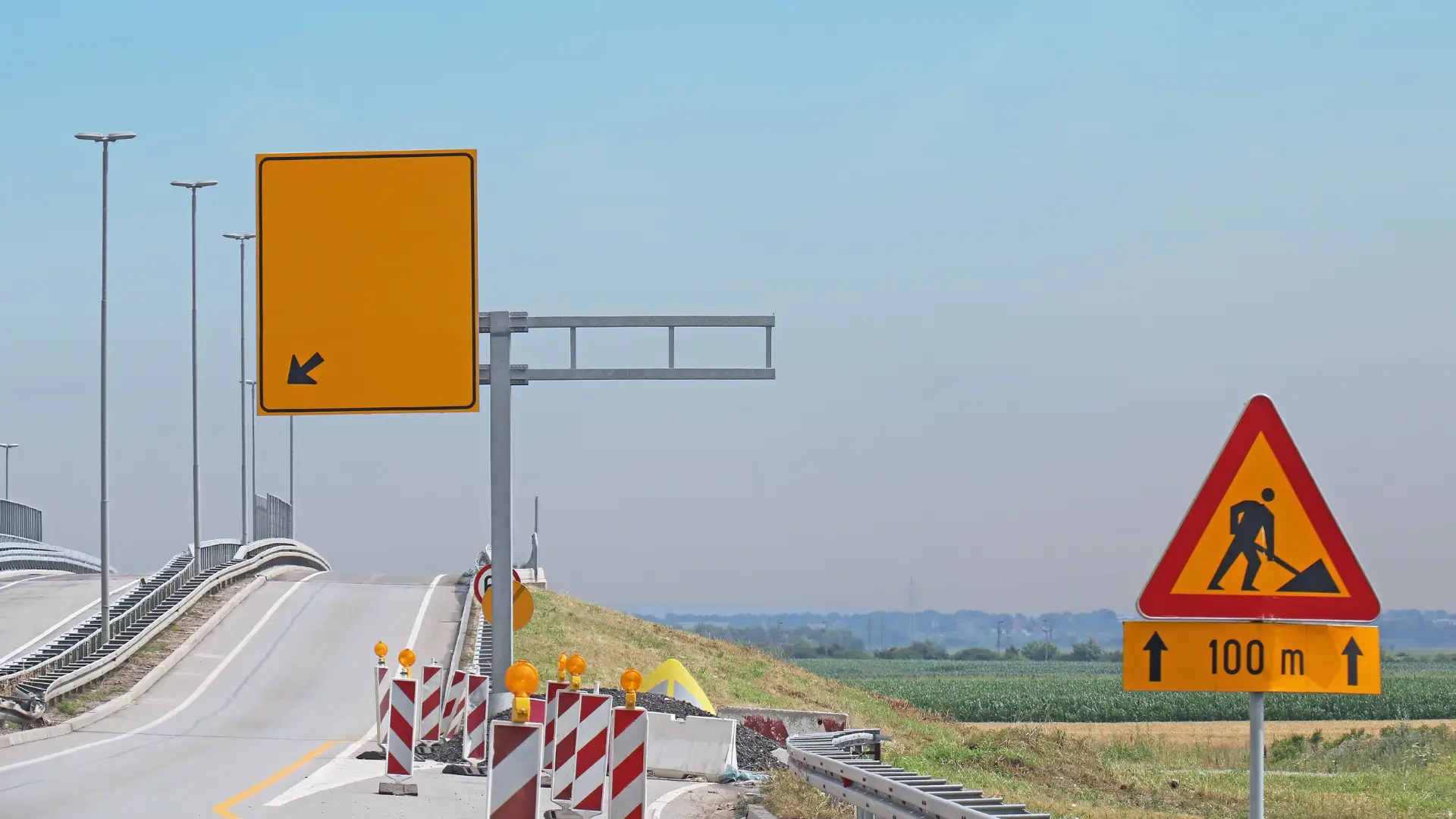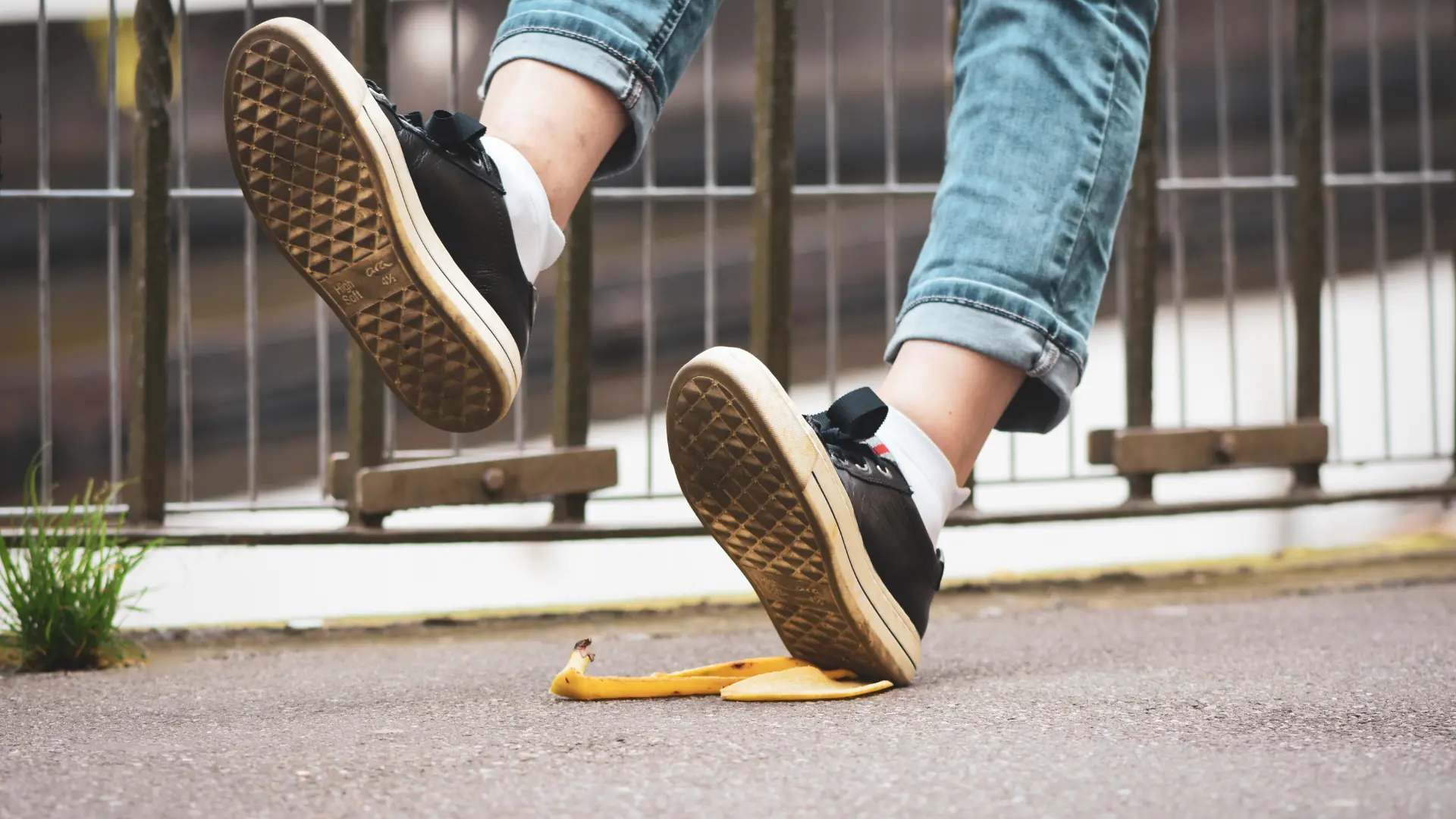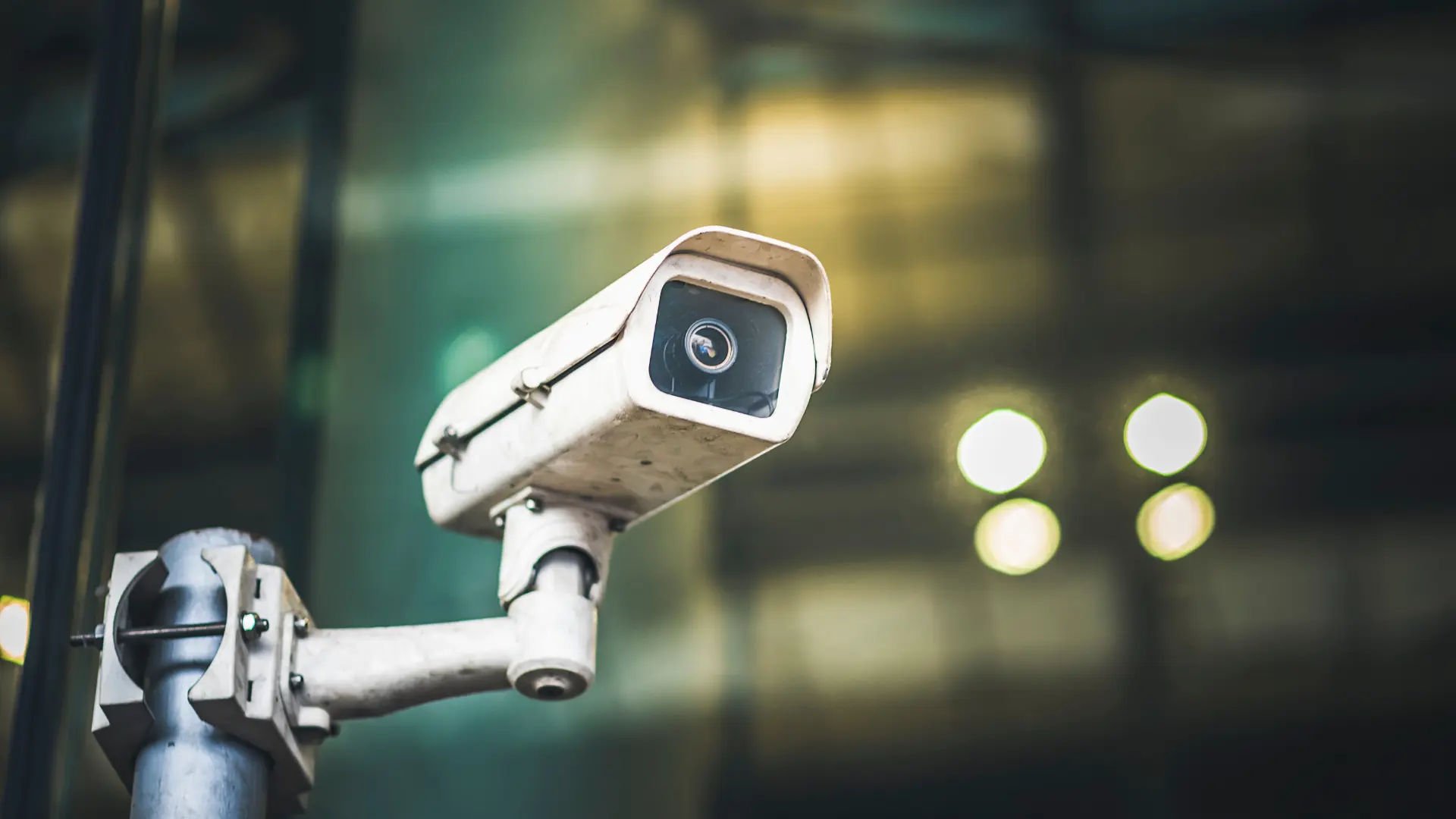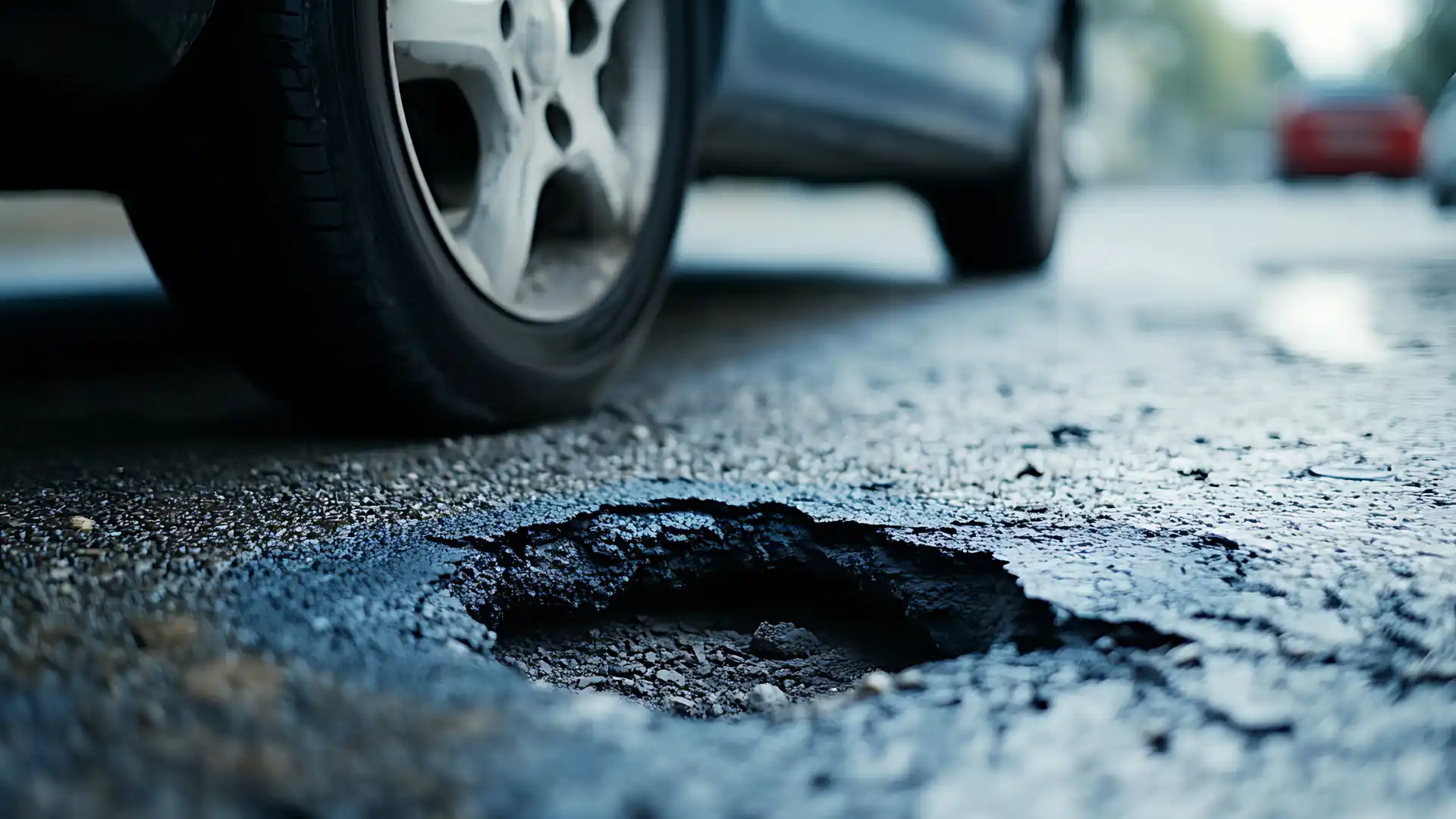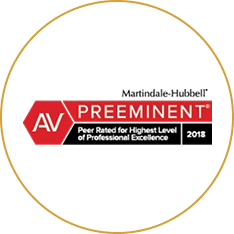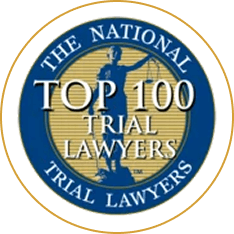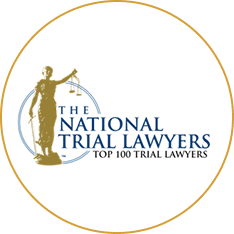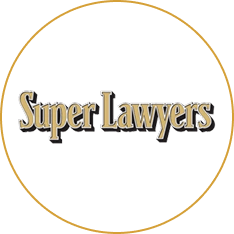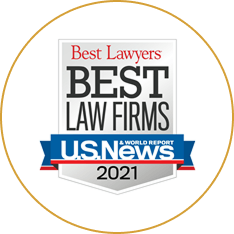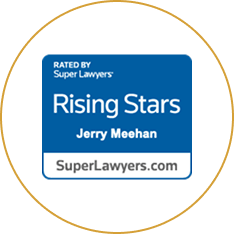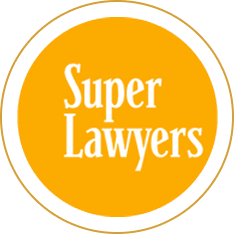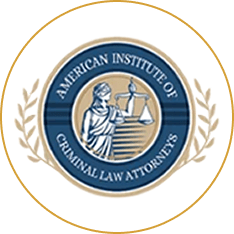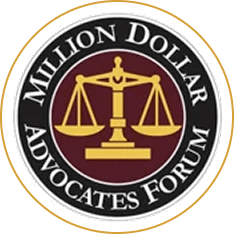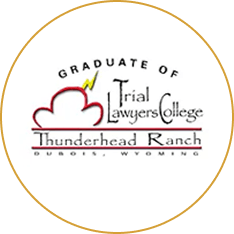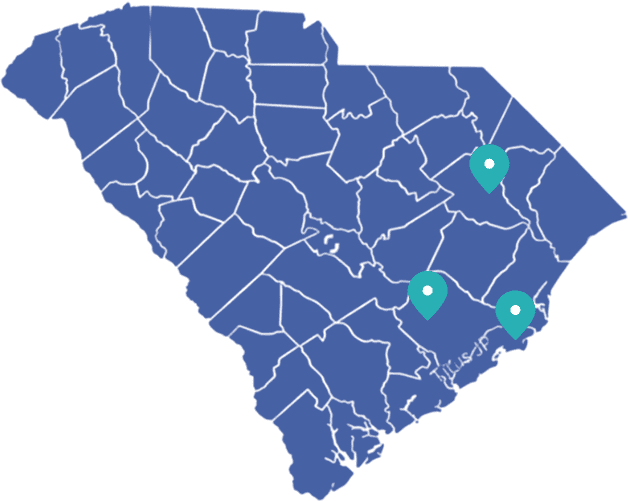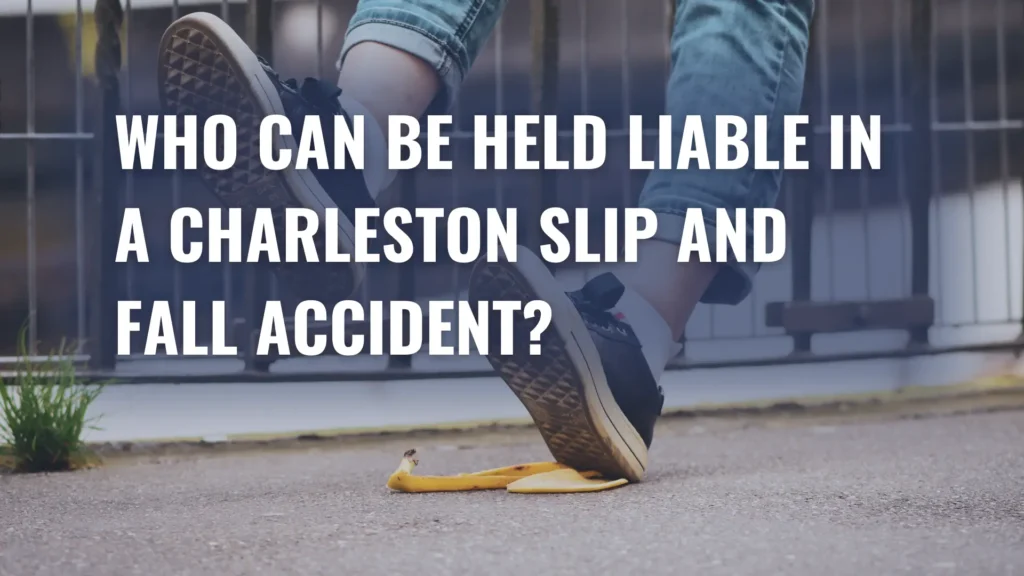 If you’ve suffered a slip and fall accident in Charleston, you may be wondering who bears responsibility for your injuries. Understanding premises liability law in South Carolina is important to protecting your legal rights and pursuing fair compensation. This guide explains the key principles determining liability in slip and fall cases and what you need to know to move forward.
If you’ve suffered a slip and fall accident in Charleston, you may be wondering who bears responsibility for your injuries. Understanding premises liability law in South Carolina is important to protecting your legal rights and pursuing fair compensation. This guide explains the key principles determining liability in slip and fall cases and what you need to know to move forward.
Understanding Premises Liability in South Carolina
Premises liability refers to the legal responsibility property owners and managers have to maintain reasonably safe conditions for visitors. In South Carolina, property owners owe a duty of care to people on their property. When they fail to maintain safe conditions or warn visitors of known hazards, they may be held liable for resulting injuries.
South Carolina premises liability law, governed by SC Code Title 27, Chapter 3, establishes that property owners must exercise reasonable care to protect visitors from harm. This duty extends to maintaining the property safely, inspecting for hazards, and warning visitors of dangerous conditions that the property owner knows about or should have discovered through reasonable inspection.
The scope of this duty varies depending on the visitor’s status and the circumstances of the accident. Understanding these distinctions helps determine who can be held liable for your slip and fall injuries. Learn more about how to prove fault in a car accident case in South Carolina, which applies similar negligence principles to premises liability claims.
The Three Elements of Negligence You Must Prove
To establish liability in a slip and fall case, you must prove three essential elements of negligence. Each element plays an important role in your claim’s success.
Element 1: Duty of Care – The property owner had a legal responsibility to maintain safe conditions or warn you of known hazards. This duty exists whenever someone invites you onto their property or allows you to be there. Understanding this foundational concept is critical to premises liability cases.
Element 2: Breach of Duty – The property owner failed to maintain safe conditions or failed to warn you of a dangerous condition. This breach might involve leaving a wet floor unattended, failing to repair broken steps, or neglecting to remove debris from walkways. Common breaches include wet or slippery surfaces and inadequate maintenance.
Element 3: Causation and Damages – The property owner’s breach directly caused your injury, and you suffered actual damages such as medical expenses, lost wages, or pain and suffering. You must demonstrate a clear connection between the unsafe condition and your injury. This is why documenting evidence immediately after your accident is so important.
All three elements must be present for a successful claim. If the property owner can show they exercised reasonable care or that you were aware of the hazard, your claim may be weakened. This is why taking accident scene photos and gathering witness statements strengthens your case.
Who Can Be Held Liable for Your Slip and Fall
Multiple parties may bear responsibility for your slip and fall accident, depending on the circumstances and location.
Property Owners and Managers – The primary liable party is typically the property owner or manager who controls the premises. They have the greatest responsibility for maintaining safe conditions. In Charleston, property owners face strict liability standards.
Business Operators – Retail stores, restaurants, bars, and other commercial establishments can be held liable for slip and fall accidents on their premises. They must maintain safe floors, promptly clean spills, and address hazards. Restaurants and bars have heightened responsibilities.
Landlords and Property Management Companies – If you fall on rental property, the landlord or property management company may be liable, particularly if they failed to maintain common areas or address known defects. Rental property owners must comply with South Carolina housing standards.
Government Entities – Different rules apply to slip and fall accidents on government property. You typically have a shorter statute of limitations (two years instead of three) and must follow specific notice requirements. Government immunity doctrines may limit recovery.
Contractors and Maintenance Companies – If a contractor or maintenance company caused the hazardous condition through negligent work, they may share liability with the property owner. Third-party contractors can be held responsible for creating dangerous conditions.
Multiple Liable Parties – In complex cases, more than one party may share responsibility. For example, a property owner and a contractor might both be liable if the contractor created the hazard and the owner failed to warn visitors. Comparative negligence principles apply to determine fault allocation.
Common Hazards That Create Liability
Property owners can be held liable for slip and fall accidents caused by various hazardous conditions.
Wet or Slippery Surfaces – Floors wet from spills, cleaning, or weather without warning signs or barriers create significant liability. Restaurants, grocery stores, and bathrooms are common locations for these hazards. Proper maintenance and warning signs are essential.
Uneven Flooring, Cracked Pavement, or Broken Steps – Uneven surfaces, cracks in concrete, broken stairs, or missing handrails frequently cause falls. Property owners must repair these conditions or warn visitors. Structural defects create obvious liability.
Poor Lighting and Visibility Issues – Inadequate lighting in hallways, stairwells, or parking areas can prevent visitors from seeing hazards. Property owners must ensure adequate illumination in areas where visitors travel. Lighting failures are common liability triggers.
Cluttered Walkways and Debris – Boxes, merchandise, or other items blocking walkways create tripping hazards. Property owners must keep common areas clear and accessible. Negligent maintenance of walkways increases liability exposure.
Defective Handrails and Safety Equipment – Broken or missing handrails on stairs or ramps increase fall risk. Property owners must maintain safety equipment in proper working condition. Equipment failures create obvious negligence.
Worn Carpeting and Flooring Hazards – Torn carpet, loose tiles, or deteriorating flooring can cause trips and falls. Regular maintenance and prompt repairs are essential. Deferred maintenance creates liability.
Where Slip and Fall Accidents Occur in Charleston
Slip and fall accidents happen in various locations throughout Charleston, each presenting unique liability considerations.
Retail Stores and Shopping Centers – Grocery stores, department stores, and shopping malls must maintain clean, safe floors and promptly address spills and debris. Retail establishments have high foot traffic and increased liability exposure.
Restaurants, Bars, and Hospitality Venues – These establishments have heightened liability due to wet floors from food preparation, spills, and customer activities. Bars may face additional liability under dram shop laws if they overserved alcohol to someone who later caused harm. Hospitality venues must maintain exceptional safety standards.
Hotels and Resorts – Hotels must maintain safe common areas, hallways, and guest rooms. Wet bathroom floors and pool areas present particular hazards. Guest safety is a primary responsibility.
Office Buildings and Commercial Spaces – Landlords and building managers must maintain safe conditions in common areas, stairwells, and parking facilities. Commercial property owners have ongoing maintenance obligations.
Sidewalks and Public Areas – Property owners adjacent to public sidewalks may be liable for hazards they create or fail to maintain, such as broken concrete or ice accumulation. Adjacent property owners have specific duties to maintain sidewalk safety.
Private Residences and Rental Properties – Landlords must maintain rental properties in safe condition. Homeowners may be liable for injuries to invited guests but have limited liability to trespassers. Residential property owners have varying duty levels based on visitor status.
Visitor Status and Liability Standards
Your legal status as a visitor significantly affects the property owner’s liability for your slip and fall.
Invitees – You receive the highest level of protection as an invitee. Property owners owe invitees the greatest duty of care, which includes maintaining safe conditions, inspecting for hazards, and warning of known dangers. Customers in stores and restaurants are typically invitees. This status provides the strongest legal protection.
Licensees – Licensees have permission to be on the property but aren’t there for the owner’s benefit. Property owners must warn licensees of known hazards but aren’t required to inspect for unknown dangers. Social guests are often considered licensees. This status provides moderate protection.
Trespassers – Property owners owe trespassers the least duty of care. Generally, owners aren’t liable for injuries to trespassers unless they willfully or wantonly cause harm. However, this protection is limited if the owner knows trespassers frequent the property. This status provides minimal protection.
Your visitor status directly affects your claim’s strength. If you were an invitee, you have a stronger case than if you were a licensee or trespasser. Understanding your status helps determine the property owner’s obligations and your potential recovery. Contact our attorneys to discuss your specific visitor status.
Comparative Negligence in South Carolina
South Carolina follows a modified comparative negligence rule that affects how much compensation you can recover. This principle is similar to comparative fault in multi-car accidents.
Under this rule, you can recover damages even if you were partially at fault for your slip and fall, as long as you were under 50% responsible. However, your recovery is reduced by your percentage of fault. For example, if you were awarded $10,000 but found 20% at fault, you would receive $8,000.
How Your Own Actions Affect Recovery – If you were distracted by your phone, wearing inappropriate footwear, or ignoring warning signs, the property owner may argue you share responsibility. However, even if you were somewhat careless, you may still recover if the property owner’s negligence was greater. Understanding comparative negligence is essential to your case.
Percentage of Fault Determination – A judge or jury determines each party’s percentage of fault based on the evidence. This determination considers the property owner’s duty, whether they breached that duty, and whether you exercised reasonable care for your own safety. Expert testimony often influences fault allocation.
Impact on Damages Awarded – Your percentage of fault directly reduces your compensation. Understanding this rule emphasizes the importance of gathering strong evidence and presenting your case effectively to minimize any finding of comparative negligence. Our attorneys have extensive experience minimizing comparative fault findings.
Your Next Steps After a Slip and Fall Accident
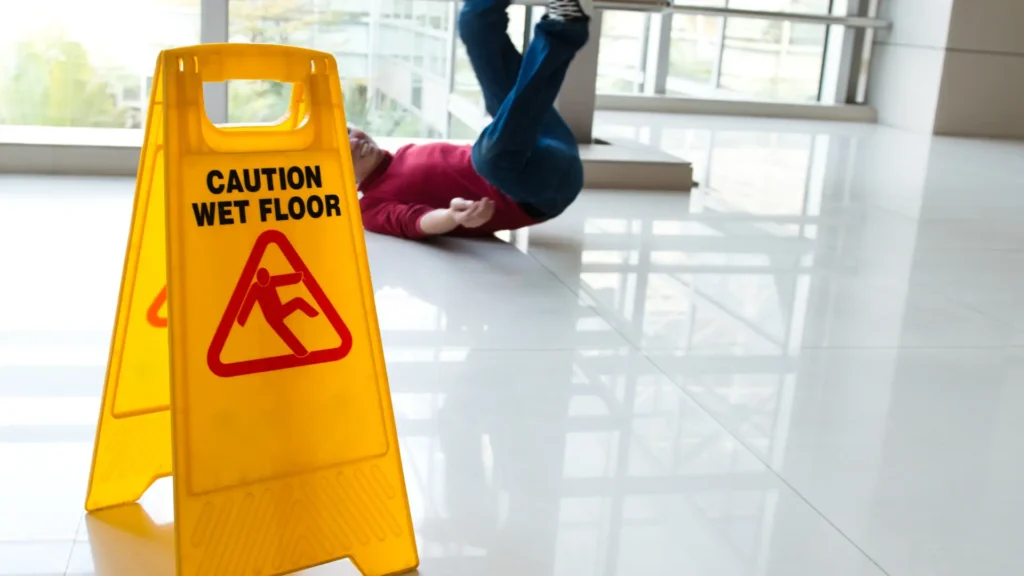
Taking the right actions immediately after a slip and fall accident strengthens your legal claim and protects your rights.
Immediate Actions at the Scene – Report the accident to the property owner or manager immediately. Request medical attention if needed. Take photos of the hazardous condition, your injuries, and the surrounding area. Note the date, time, and weather conditions. Learn more about how to take accident scene photos.
Documenting Evidence and Injuries – Obtain contact information from witnesses who saw your fall. Keep all medical records, receipts for treatment, and documentation of lost wages. Maintain a journal describing your injuries and recovery progress. Proper documentation strengthens your claim significantly.
Reporting the Incident – File an incident report with the property owner or manager. Request a copy for your records. Report the accident to your insurance company if applicable. Incident reports create important evidence.
Statute of Limitations – In South Carolina, you have three years from the date of your slip and fall accident to file a lawsuit against a responsible party on private property. For government entity claims, the statute of limitations is two years. Missing this deadline eliminates your right to pursue compensation. Time is critical in slip and fall cases.
Why Contacting an Attorney Matters – An experienced personal injury attorney can investigate your accident, identify all liable parties, gather evidence, and negotiate with insurance companies. Many attorneys work on contingency, meaning you pay nothing unless you recover compensation. Early consultation protects your rights and maximizes your potential recovery. Our team has recovered substantial settlements for slip and fall victims.
About Crantford Meehan
Crantford Meehan represents clients throughout South Carolina who have suffered injuries in slip and fall accidents and other premises liability cases. Our attorneys, William C. Crantford and Jerry A. Meehan Jr., hold AV Preeminent ratings by Martindale-Hubbell and completed intensive training at Gerry Spence’s Trial Lawyers College, focusing on trial advocacy and jury representation.
We recovered $650,000 for a client injured when a defective chair collapsed at a music festival. This settlement demonstrates our commitment to pursuing fair compensation for premises liability victims. View our case results and settlements to see how we’ve helped other clients. We work on a contingency fee basis, meaning you pay nothing unless we recover your compensation.
Contact Crantford Meehan today for a free consultation about your slip and fall accident. Call (843) 832-1120 or visit our website to learn how we can help you pursue the compensation you deserve.
Frequently Asked Questions
What is the statute of limitations for filing a slip and fall lawsuit in South Carolina?
You have three years from the date of the accident for private property claims and two years for government entity claims. Missing this deadline eliminates your right to pursue compensation. Contact us immediately if you’re approaching the deadline.
Can I be held partially liable if I was partially at fault for my slip and fall?
Yes, under South Carolina’s modified comparative negligence rule. You can recover damages if you’re less than 50% at fault, but your percentage of fault reduces your recovery. Our attorneys can help minimize your comparative fault exposure.
What types of damages can I recover in a slip and fall case?
You can recover economic damages (medical bills, lost wages) and non-economic damages (pain and suffering, emotional distress). Serious injuries can result in substantial compensation.
Do I need to prove the property owner knew about the hazard?
Not necessarily. You can prove liability by showing the property owner should have known about the dangerous condition through reasonable inspection. Constructive notice is sufficient for liability.
What if my slip and fall happened on government property?
Different rules apply. You typically have a shorter statute of limitations (2 years) and must follow specific notice requirements. Government immunity may limit recovery in some cases.
How much is my slip-and-fall case worth?
Case value depends on injury severity, medical expenses, lost wages, and pain and suffering. Serious injuries can result in substantial settlements. Our results demonstrate our ability to recover significant compensation.
What evidence do I need to prove liability?
Photos of the hazard, witness statements, incident reports, medical records, and expert testimony about maintenance standards strengthen your claim. Proper documentation is essential to success.

